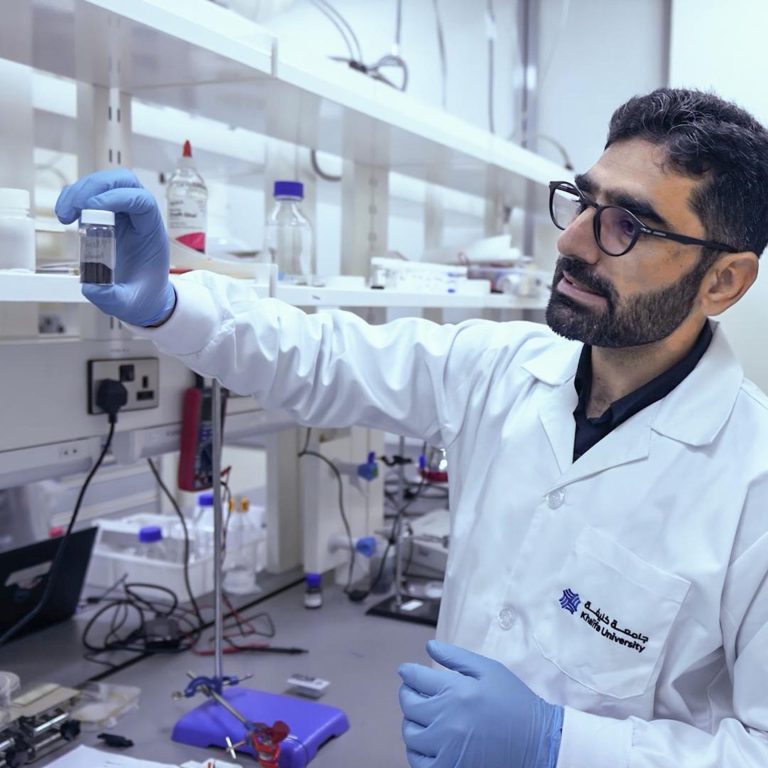Digital twins set to optimize 6G networks
Future communications systems can be made more efficient with the help of their digital twin.
Wireless networks are among the physical systems that can benefit from the power of digital twins. “The digital-twin virtual model allows for real-time monitoring, optimization, and simulation of wireless network operations, leading to improved quality of experience for users and enabling more efficient, adaptive, and self-sustaining networks,” says Khalifa University’s Mérouane Debbah.
Working with colleagues Lina Bariah from the Technology Innovation Institute in Abu Dhabi (now adjunct Professor at Khalifa University) and Hikmet Sari at the Nanjing University of Posts and Telecommunications in China, Debbah has put forward a powerful argument and vision not only for the integral role that digital twins could play in future communication networks, but also how these networks can help improve digital-twin technology.
The team looked at how digital twins can support numerous types of wireless systems, particularly the groundbreaking 6G network, which is anticipated to improve on today’s 5G networks by offering much faster speeds—perhaps with data transmission rates exceeding 1 terabit per second—higher network capacity, more reliability and ultra-low latency, that’s the time taken for data to travel between devices on the network.
“The digital twin virtual model allows for real-time monitoring, optimization, and simulation of network operations, leading to improved quality-of-experience for users.”
Mérouane Debbah
Developing such advanced wireless networks will be crucial to support the complex digital systems of the future, such as smart cities, autonomous vehicles, and the Internet-of-Things.
“There are several challenges facing the integration of digital-twin technology in 6G networks,” explains Debbah. “The main goal will be to strike a balance between accuracy, synchronization and delay, to ensure that the digital twins can help realize ultra-reliable low-latency communication.”
But while the advantage of 6G technologies is their high speed, this also makes the development of the digital twins trickier, as both the physical and cyber twin need to be in perfect synchronization.
By looking at recent technological trends that could enable digital-twin-empowered 6G and assessing the potential fundamental limitations, Debbah and his co-workers were able to develop a roadmap toward using digital twins in 6G-enabled wireless networks, and open new horizons onto future developments and potential system designs.
Reference
1- Bariah, L.; Sari, H. and Debbah, M., Digital twin-empowered communications: A new frontier of wireless networks. IEEE Communications Magazine 61 (12), 24–36, 2023. | Article




